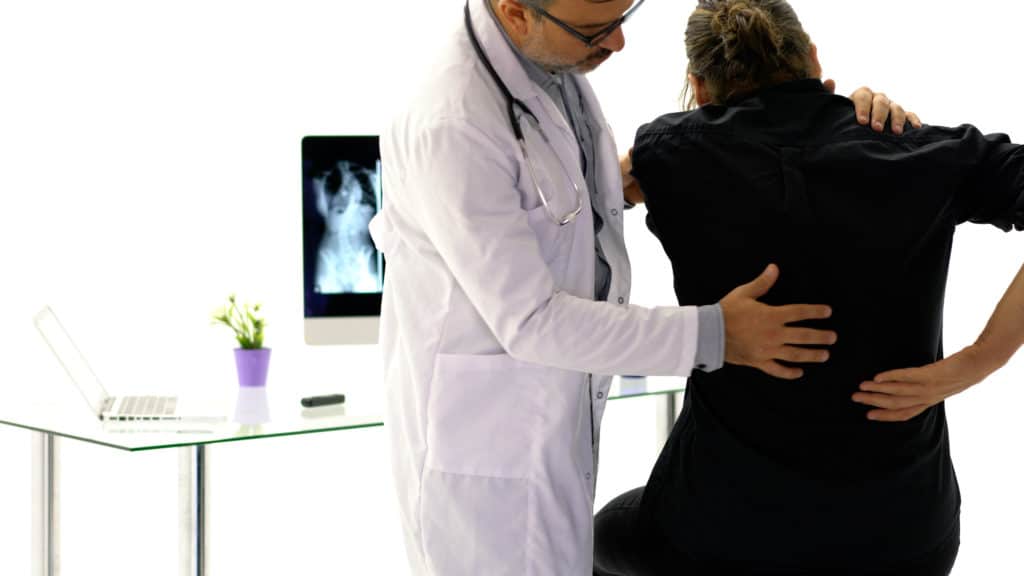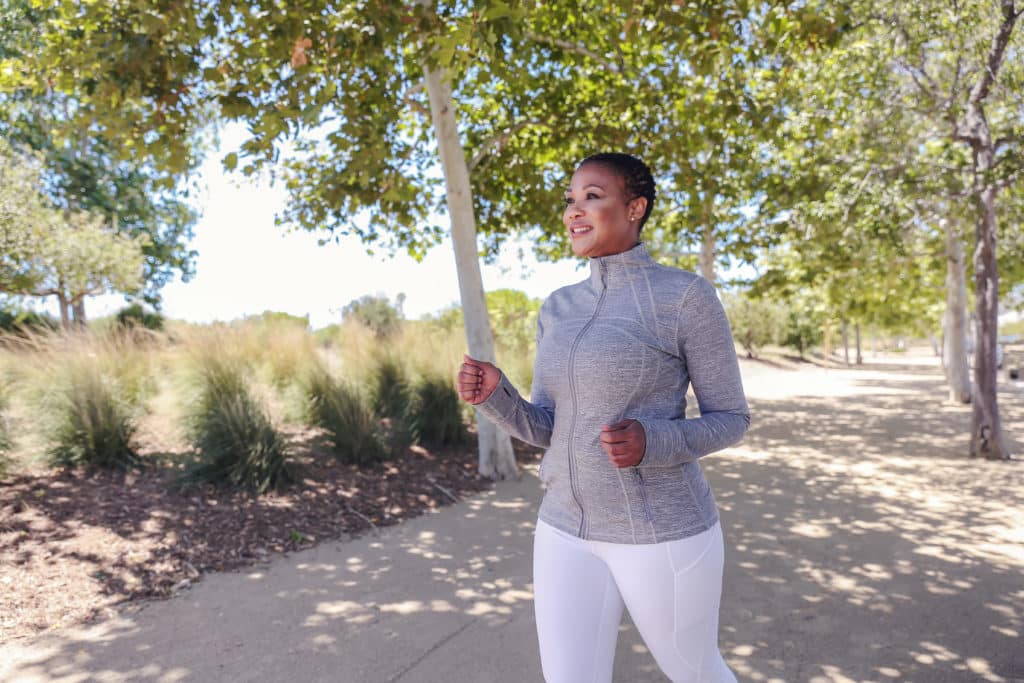

Symptoms of Spinal Stenosis
Symptoms of Spinal Stenosis
Spinal stenosis is an inflammatory condition that affects the spine and nerves. Read on to learn more about chronic lumbar pain and complications.
Table of Contents
What Is Spinal Stenosis?
Naturally, the spinal cord is designed in such a way to regulate pressure without pain. However, spinal stenosis is the narrowing or shrinking of the spinal canal, the area where the spinal cord is found. This results in unnatural pressure on the nerves and the spinal cord. This pressure can cause pain as well as other symptoms.
Who Gets Spinal Stenosis?
Types of Spinal Stenosis
Cervical Stenosis
Cervical stenosis affects the cervical region of the spine. This is the first seven vertebrae that make up the neck region to the top of the shoulders. Cervical stenosis has many causes, from abnormal bone sizes to ligament growth.2
Lumbar Stenosis
Symptoms of Spinal Stenosis
In The Neck (Cervical Spine)
Symptoms of Cervical Stenosis
- Numbness or tingling in a hand, arm, foot, or leg
- Weakness in a hand, arm, foot, or leg
- Problems with walking and balance
- Neck pain
- Bowel or bladder dysfunction (urinary urgency and incontinence)
In The Lower Back (Lumbar Spine)
Symptoms of Lumbar Spine Stenosis
- Numbness or tingling in a foot or leg
- Weakness in a foot or leg
- Pain or cramping in one or both legs
- Back pain
What Causes Spinal Stenosis?
Spinal stenosis is most associated with age-related conditions. One of the most common causes is arthritis. However, any condition that causes chronic inflammation can lead to the development of spinal stenosis. This includes injury as well as certain conditions.
Potential Origins of Spinal Stenosis
- Overgrowth of bone
- Herniated disks
- Thickened ligaments
- Tumors
- Spinal injuries
Spinal Stenosis Diagnosis and Tests
Thankfully, spinal stenosis can be easily diagnosed through tests, such as X-rays, MRIs, and different scans. These tests can create an image of the spine, spinal cord, and spinal column. Here, medical professionals can view the images and not only diagnose spinal stenosis but also locate the area of inflammation. If an injury, thickened ligaments, or any other similar situation has caused spinal stenosis, these may also be noticeable at the time. The tests used to identify and diagnose spinal stenosis include:
- X-rays
- MRI
- CT or CT myelogram
Spinal Stenosis Treatment

Treatment for spinal stenosis can include medication to manage the pain and reduce inflammation as well as surgery for more severe cases. Lumbar spinal stenosis is one of the main reason patients over 65 years old seek surgery.4
What Are The Risks of Surgery For Spinal Stenosis?
Potential Surgery Risks to Consider
- Nerve injury
- Tear in the membrane that covers the nerve or spinal cord
- Failure of the bone to heal after surgery
- Failure of the metal plates, screws, and other fasteners
- Need for additional surgery
- No relief of symptoms/return of symptoms
Get Help For Spinal Stenosis At Jflowers Health
At Jflowers Health, you’ll find a staff of professional healthcare providers prepared to offer the guidance and compassion you need as you learn to regulate and heal from spinal stenosis. We also provide various resources to help you better understand chronic pain.









